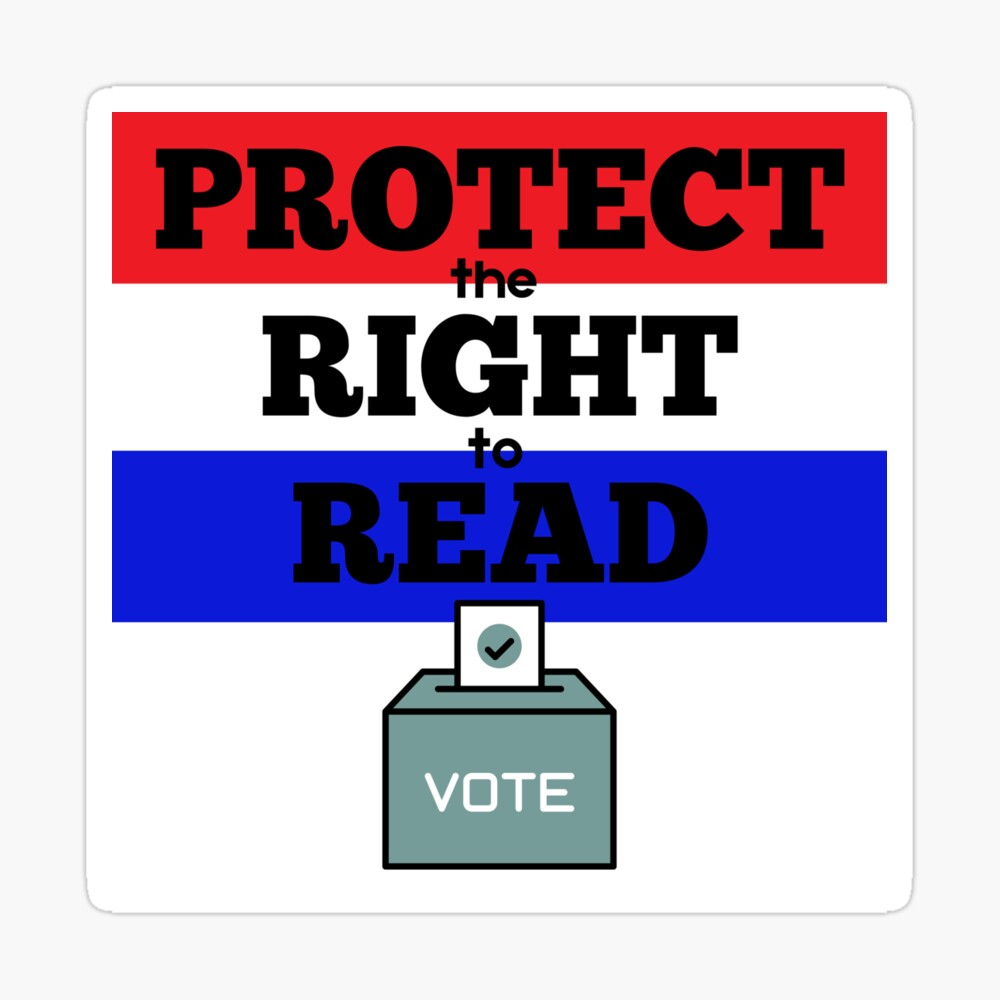 As I just started writing my next novel, I’ve been thinking about my process. There’s a divide between those writers who swear that the best way is to outline every plot point and other writers who prefer to be more loosey goosey, thinking outlining will curb their creativity. There’s no correct way, other than what works for each individual writer, so I thought it might be fun to compare what I do with some of my writer friends.
As I just started writing my next novel, I’ve been thinking about my process. There’s a divide between those writers who swear that the best way is to outline every plot point and other writers who prefer to be more loosey goosey, thinking outlining will curb their creativity. There’s no correct way, other than what works for each individual writer, so I thought it might be fun to compare what I do with some of my writer friends.
All week, I’ll be featuring posts in an outlining debate, starting with myself today and later with Donna Janell Bowman, Nikki Loftin, Bethany Hegedus, Jessica Lee Anderson and P.J. Hoover on how they work.
To start the ball rolling, here are my thoughts on outlining:
With all of my novels, the idea came from something small and grew from there. When I first started, I wrote from the seat of my pants, coming up with scenes as I went, but I always felt anxious that my story didn’t have any real direction. After a few chapters, I’d get an idea and have to go back and rework my earlier pages to accommodate it. Then a few more chapters, and I’d have to do the same thing again. And I got stuck — a lot.
I also tried completely outlining the entire book, but when the characters surprised me and I followed them, I again got lost.
In my first book, it didn’t take me long to figure out that the problem was not so much with how much of the story I had figured out beforehand; it was in my lack of continuous writing. I would write when I felt I had time, which was a few hours every other month. When I changed my viewpoint and instead made time to write every day, the story flowed out much more easily.
With my second novel, I didn’t outline. I had the concept and started writing, and then I did a lot of re-writing as the plot changed. But I discovered something interesting: as I wrote, the story unfolded in front of me like headlights illuminating a road at night. And it wasn’t until I got to the halfway point that the climax came into view. With this process, I still had a lot of shaping early on until I was on the right track and moving foward to the end.
So, on my third novel, I changed things up a bit. Before I started writing, I figured out a very thin line between the premise, the beginning and —and this is the best part — the end. Knowing the end helped me have a direction, and that helped me enormously in the writing. Sure things still changed while I was writing, the main character and world evolved, and that meant reworking earlier chapters. But knowing the entire line of the story from beginning to end, I was better able to see where the story started and how to get to the end.
So, what’s my process? On my current novel, I knew the premise, the beginning and the character, but beyond that I wasn’t sure where the story would go. I started to write and after a couple chapters was floundering. I brainstormed with my husband over tooth-brushing one morning and the main through line spat out, including the ending. Now I’m ready to zoom through my first draft.
So, I guess I’m a betweener in the to outline or not to outline debate. I need to know my characters, where they started and where they will end up, plus a few highlights along the way, but otherwise, their journey will come as I type.
Stay tuned tomorrow to hear from Donna Janell Bowman, who writes nonfiction.
Where are you on the outline debate?







2 Responses
I am on both sides of this debate! I am a list-maker by nature, so it seemed only natural that I would complete a detailed outline before I began writing my first book. My three middle-grade fantasy novels were all done with outlines – and I think I was correct to do that. These were book with many storylines, written from the point of view of several different characters – I’m pretty sure that if I had done them without an outline, I would have gone insane! That is not to say that I didn’t deviate from the outline – I certainly did – but having some kind of structure was very necessary for these books to make any kind of sense. I swore by outlines while I was writing those books – if you had asked me back then, I would have told you that you’d be a fool to try and write a book without one.
However, I have since revised my opinion. While I was editing one of the middle-grade novels, I started feeling very burned out and in need of a break. So I gave myself one week to write anything I wanted – no judgment, no pressure, just words on the page. At the end of the week, I had the first three chapters of a book I was certain would never see the light of day, but which I loved. I knew there was more in there, so I kept on going – no outline and no clue where I was headed beyond the end of that day’s writing period. I just started at the beginning and kept writing until I came to the end – and at the end of one month, I had a completed rough draft. (That rough draft eventually became a polished manuscript and as of November 1, 2011, it will be my first published book – The Veil).
So am I now a committed “no outlines allowed” writer? No. I think the answer to the question of “to outline or not to outline” depends a little bit on your personality (are you a list-maker?) and a lot on what kind of book you are writing. A complicated book with many different storylines may require an outline just to keep the writer organized (and sane). But a book told from one point of view may be better without an outline.
Then again, my book written without an outline is the one getting published whereas my middle-grade series written with outlines is not . . . so please take my advice with a grain of salt ☺
Fabulous post, Sam!! I’m looking forward to hearing what our peeps say.
Carmen